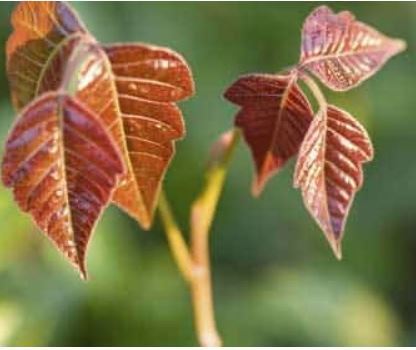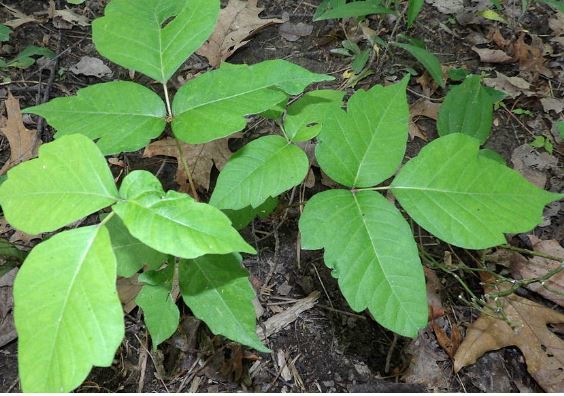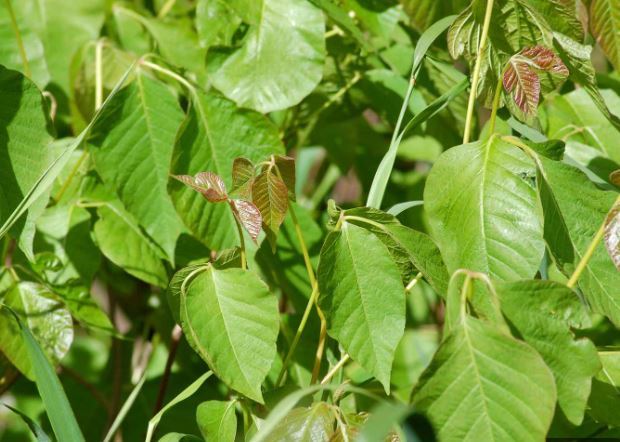The rhyme we all learned was "Leaves of three, let it be". Luckily there isn't any poison ivy here (at least there wasn't at the time the cache was published). Being able to recognize PI is important for all cachers. The geocache is at the posted coordinates and is a letterbox containing a stamp. No ink pad is provided because it wouldn't withstand Minnesota's seasons. Please leave the stamp as it is not a trade item.
Poison ivy is a type of allergenic plant in the genus Toxicodendron native to Asia and North America. Formerly considered a single species, Toxicodendron radicans, poison ivies are now generally treated as a complex of three separate species: Toxicodendron radicans, Toxicodendron rydbergii, and Toxicodendron orientale. They are well known for causing urushiol-induced contact dermatitis, an itchy, irritating, and sometimes painful rash, in most people who touch them. The rash is caused by urushiol, a clear liquid compound in the plant's sap. Around 15 to 25 percent of people have no allergic reaction to urushiol, but most people have a greater reaction with repeated or more concentrated exposure.
Poison ivies can grow as small plants, shrubs, or climbing vines. Despite the common name, poison ivies are not a "true" ivy (Hedera), but rather a member of the cashew and pistachio family (Anacardiaceae). They are commonly characterized by clusters of leaves, each containing three leaflets,[4] hence the common expression "leaves of three, let it be". These leaves can vary between an elliptic to egg shape and will have either smooth, lobed, or toothed margins. Additionally, the leaf clusters are alternate on the stem. Clusters of small, greenish flowers bloom from May to July and produce white berries in the fall a few millimeters in diameter.



